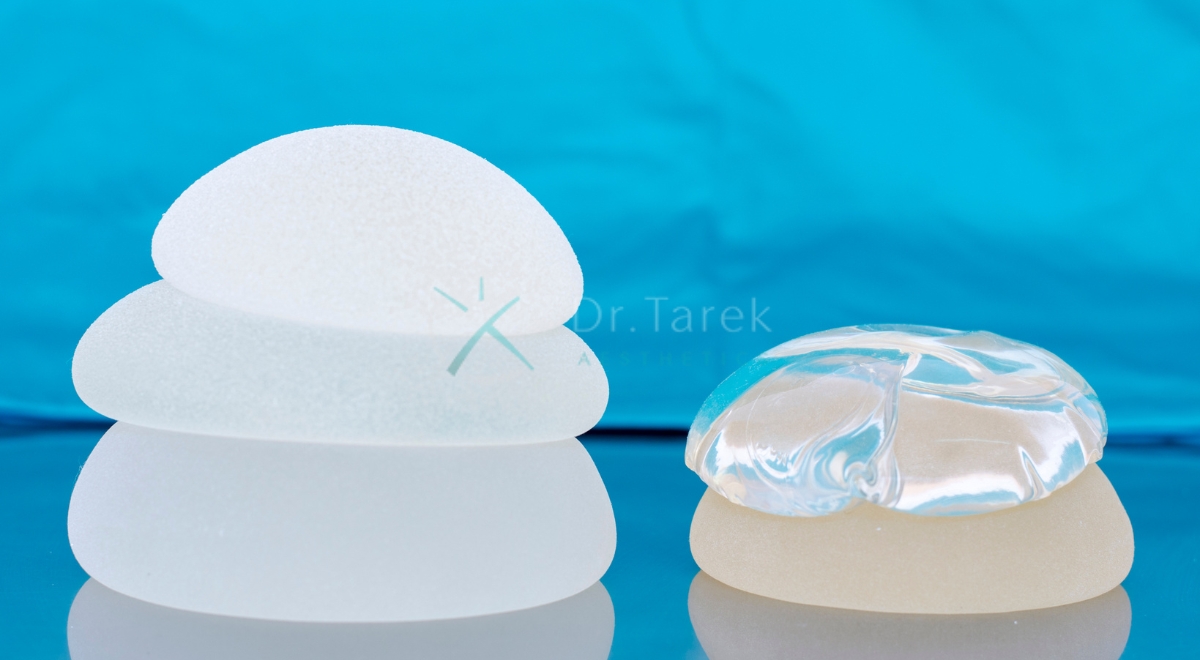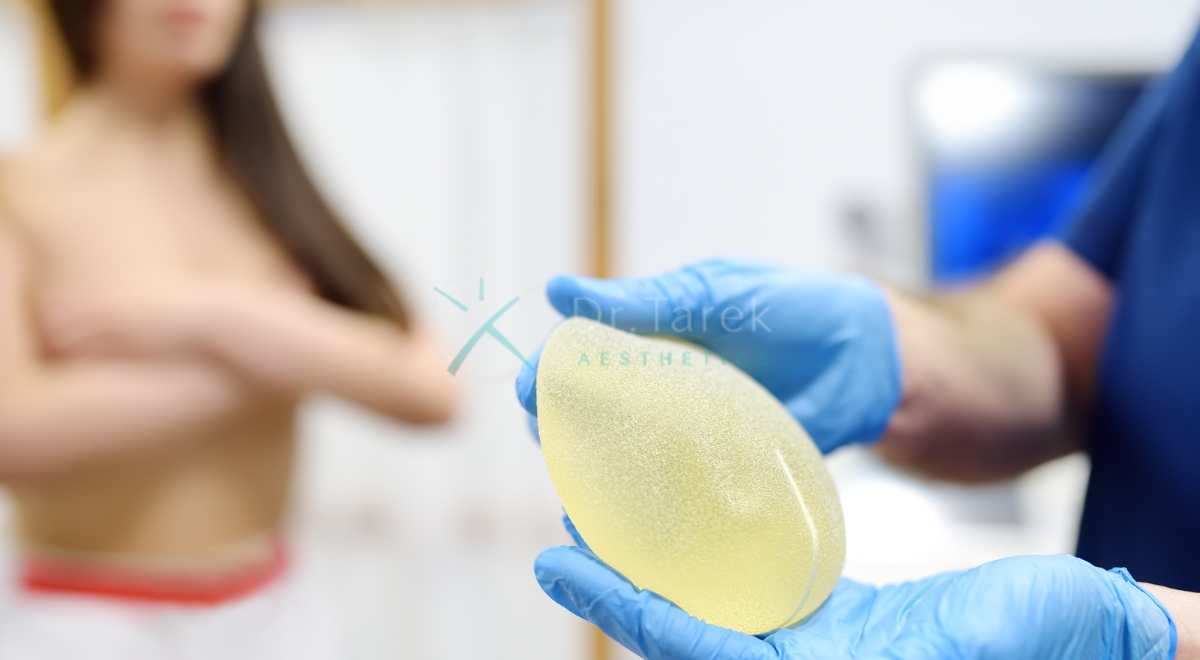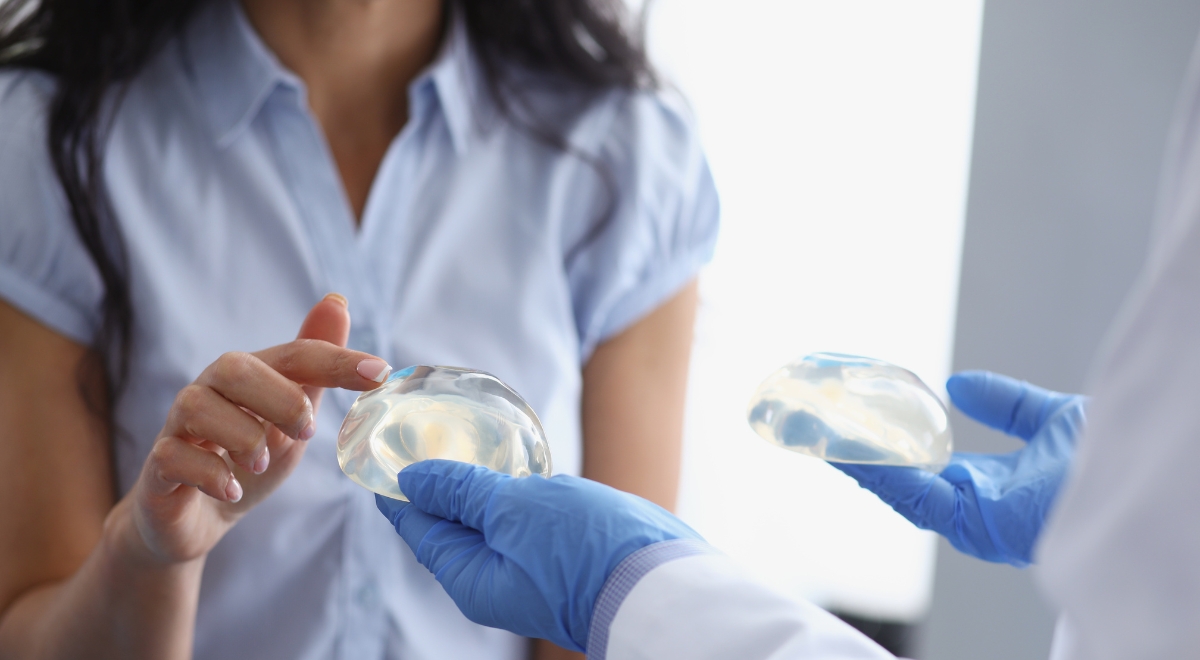What Is Breast Implant Rippling
Introduction
Breast implant rippling is a concern for many individuals considering breast augmentation. Understanding what causes breast implant rippling and how to prevent it is crucial for achieving the desired aesthetic results. This article delves into the intricacies of breast implant rippling, its causes, and preventive measures.
What is Breast Implant Rippling, What Causes Breast Implant Rippling
Definition of Breast Implant Rippling
Breast implant rippling refers to the visible or palpable folds and wrinkles that can appear on the surface of the breast after augmentation. This phenomenon can affect the overall appearance and feel of the breast, leading to dissatisfaction among patients.
Dubai Cosmetic Enhancement offers advanced beauty treatments for people who want to look their best
visitors and residents can get top-quality procedures to improve their appearance in Dubai Cosmetic Enhancement clinics
Common Causes of Breast Implant Rippling
Several factors contribute to breast implant rippling. These include the type of implant used, the placement of the implant, and the amount of natural breast tissue covering the implant. Understanding these causes can help in making informed decisions about breast augmentation.
Factors Contributing to Breast Implant Rippling
The Width, Profile, and Size of Your Implants
How Implant Dimensions Affect Rippling
The dimensions of the implant, including its width, profile, and size, play a significant role in the likelihood of rippling. Implants that are too large or have a high profile can stretch the skin and underlying tissues, making rippling more noticeable.
Book A Consultation With Dr Tarek Bayazid
Top-rated Plastic Surgeon For Breast Augmentation in Dubai
Installment Plan Available
Choosing the Right Size to Minimize Rippling
Selecting the appropriate implant size is crucial for minimizing the risk of rippling. A thorough consultation with a qualified surgeon can help determine the best size based on individual anatomy and aesthetic goals.
Implant Placement
Subglandular vs. Submuscular Placement
The placement of the implant significantly impacts the likelihood of rippling. Subglandular placement involves positioning the implant above the chest muscle, while submuscular placement involves positioning it below the muscle.
Benefits and Drawbacks of Each Placement Type
Each placement type has its advantages and disadvantages. Understanding these can help in making an informed decision.
Saline vs. Silicone Implants
Differences Between Saline and Silicone Implants
The type of implant material used can affect the likelihood of rippling. Saline and silicone implants have different properties that influence their behavior within the body.
Impact on the Likelihood of Rippling
Choosing between saline and silicone implants can significantly impact the risk of rippling. Silicone implants are generally preferred for their natural feel and lower risk of rippling.
Preventing Breast Implant Rippling 
Choosing the Right Implant Type
Pros and Cons of Different Implant Materials
Selecting the right implant material is crucial for preventing rippling. Each material has its advantages and disadvantages that should be considered.
Recommendations for Minimizing Rippling
To minimize the risk of rippling, it is essential to choose the right implant type and size. Consulting with a qualified surgeon can provide personalized recommendations.
Proper Implant Placement
Best Practices for Implant Placement
Proper implant placement is crucial for minimizing the risk of rippling. Submuscular placement is generally recommended for its lower risk of rippling and more natural appearance.
How Placement Affects the Appearance of Rippling
The placement of the implant significantly impacts the appearance of rippling. Submuscular placement is generally preferred for its lower risk of rippling and more natural appearance.
What Can Dr. Tarek Do to Prevent Breast Implant Ripples?
Pre-Surgery Consultation
Importance of a Thorough Consultation
A thorough pre-surgery consultation is essential for preventing breast implant rippling. During the consultation, Dr. Tarek will assess your anatomy, discuss your goals, and recommend the best implant type and placement.
Questions to Ask Your Surgeon
Asking the right questions during your consultation can help ensure you make informed decisions about your breast augmentation.
Surgical Techniques
Advanced Techniques to Reduce Rippling
Dr. Tarek employs advanced surgical techniques to reduce the risk of breast implant rippling. These techniques include precise implant placement and careful handling of the tissues.
Post-Surgery Care Instructions
Following post-surgery care instructions is crucial for preventing complications and ensuring a smooth recovery.
Correcting Visible Rippling 
Non-Surgical Options
Fillers and Fat Grafting
Non-surgical options such as fillers and fat grafting can be used to correct visible rippling. These procedures involve injecting fillers or fat into the affected area to smooth out the ripples.
Effectiveness and Limitations
While non-surgical options can be effective in some cases, they have limitations and may not provide permanent results.
Surgical Revision
Overview of Revision Surgery
Surgical revision is a more permanent solution for correcting visible rippling. This procedure involves removing and replacing the implants or adjusting their placement.
What to Expect During and After the Procedure
Understanding what to expect during and after surgical revision can help you prepare for the procedure and recovery. Breast augmentation risks include infection swelling and changes in nipple sensation Some women may need additional surgeries to fix problems or replace implants
Recovery and Aftercare
Post-Surgery Care
Tips for a Smooth Recovery
Following post-surgery care instructions is crucial for a smooth recovery and optimal results.
Importance of Follow-Up Appointments
Regular follow-up appointments are essential for monitoring your recovery and addressing any concerns.
Long-Term Maintenance
How to Maintain Results
Maintaining the results of your breast augmentation requires ongoing care and attention.
Signs to Watch for Potential Issues
Being aware of potential issues can help you address them promptly and maintain your results.





